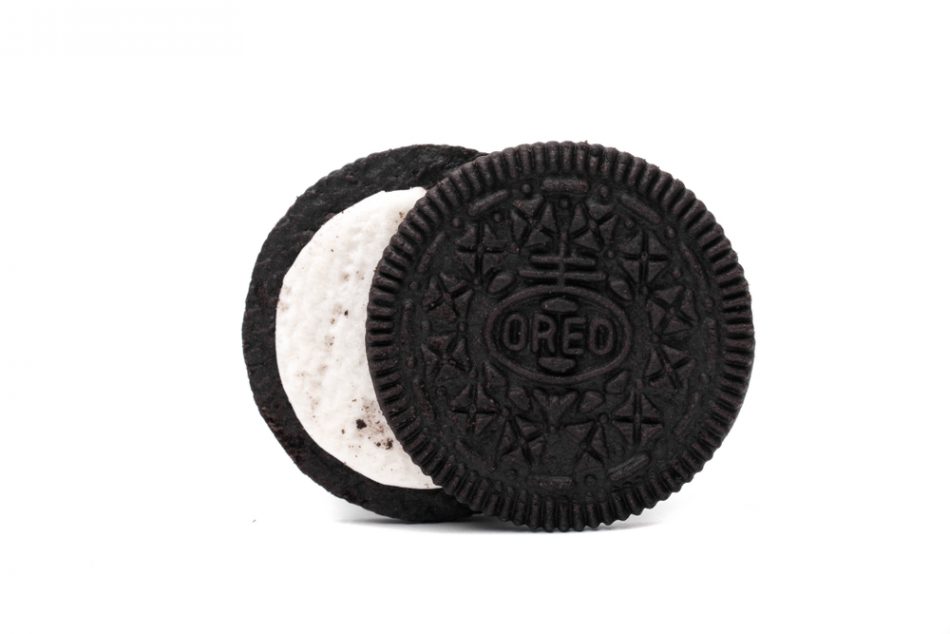Most of us are familiar with the delicious treat that is an Oreo. The two chocolate wafers between their silky cream filling make the perfect treat to dip in a glass of milk. Although, we can guess most of you will not know that when you twist an Oreo to get to the creamy center, you are carrying out an MIT physics experiment.
For years, MIT engineers have been twisting and studying Oreos to try and get to the bottom of a tantalizing question: why does the cream stick to one wafer when twisted apart? No matter the flavor or amount of filling, the cream always chooses a preferred cookie. “There’s the fascinating problem of trying to get the cream to distribute evenly between the two wafers, which turns out to be really hard,” says Max Fan, who worked on the project.
Welcome the “Oreometer”
To carefully measure the degrees of torque and angular rotation, the team invented the “Oreometer.” This was a 3D printed device that uses pennies and rubber bands to twist the cookie wide open. The values obtained from this device were plugged into equations to calculate the math behind the cream.
The researchers found that you need a similar amount of torque – the measure of the rotating force around an axis – as when opening a doorknob or around 1/10th as when opening a bottom cap. The cream’s response to stress was also measured, which allowed the classification of its texture as “mushy,” rather than rubbery, tough, or brittle.
Why does the cream always stick to one side?
“Videos of the manufacturing process show that they put the first wafer down, then dispense a ball of cream onto that wafer before putting the second wafer on top,” says Crystal Owens, a mechanical engineer who studied these Oreo properties. “Apparently that little time delay may make the cream stick better to the first wafer.”
They also realized the position of the cookie in its box mattered. The cream tended to stick on the inward-facing wafers, so cookies on the left side of the box stuck to the right wafer and vice versa. The team suspects this is a result of the boxes heating or moving after production that already causes the cream to slightly peel away from the wafers.
Why is this research important?
Although it may just seem like a lot of fun, this research has a real-world impact. “My 3D printing fluids are in the same class of materials as Oreo cream,” explains Ownes. “So, this new understanding can help me better design ink when I’m trying to print flexible electronics from a slurry of carbon nanotubes because they deform in almost the same way.”
The team has made the printing and assembly instructions for the Oreometer available online. 3D printing is a relatively cheap way of creating research equipment, so hopefully making this resource free will increase accessibility and allow more researchers to carry out similar experiments.
Source study: Kitchen Flows – On Oreology, the fracture and flow of ‘milk’s favorite cookie












